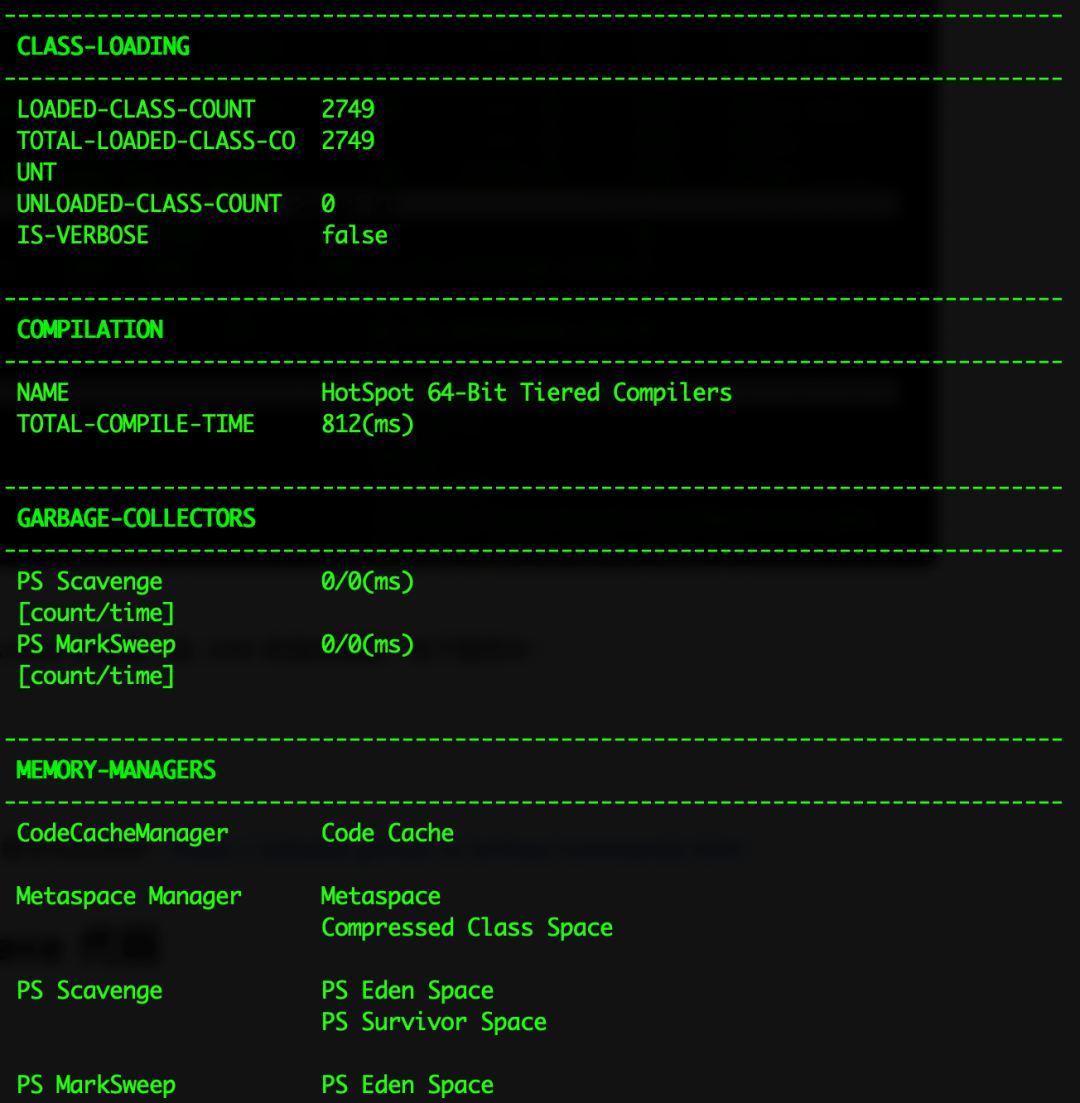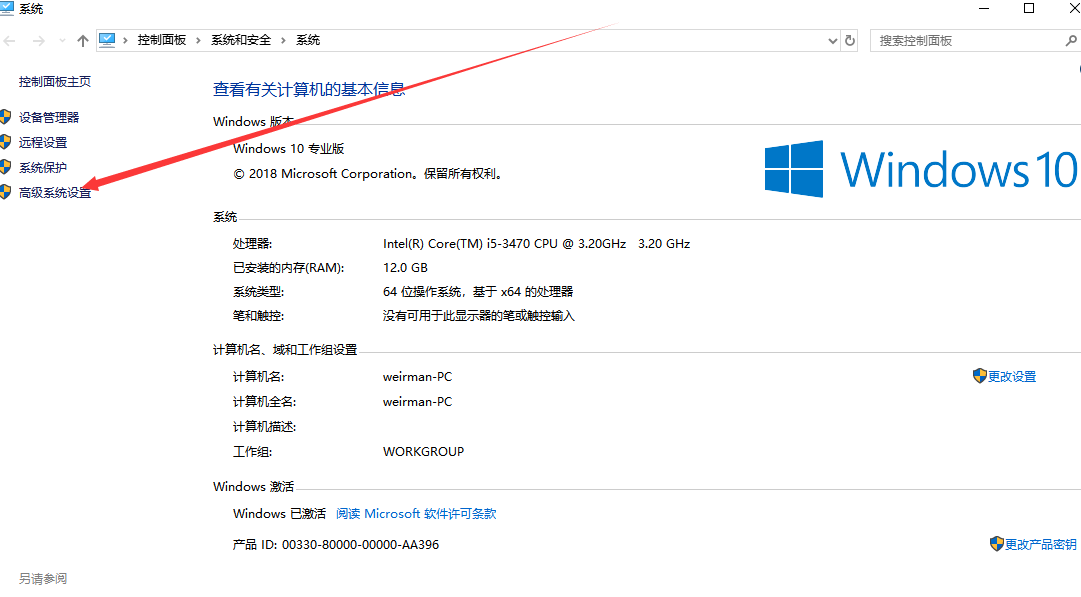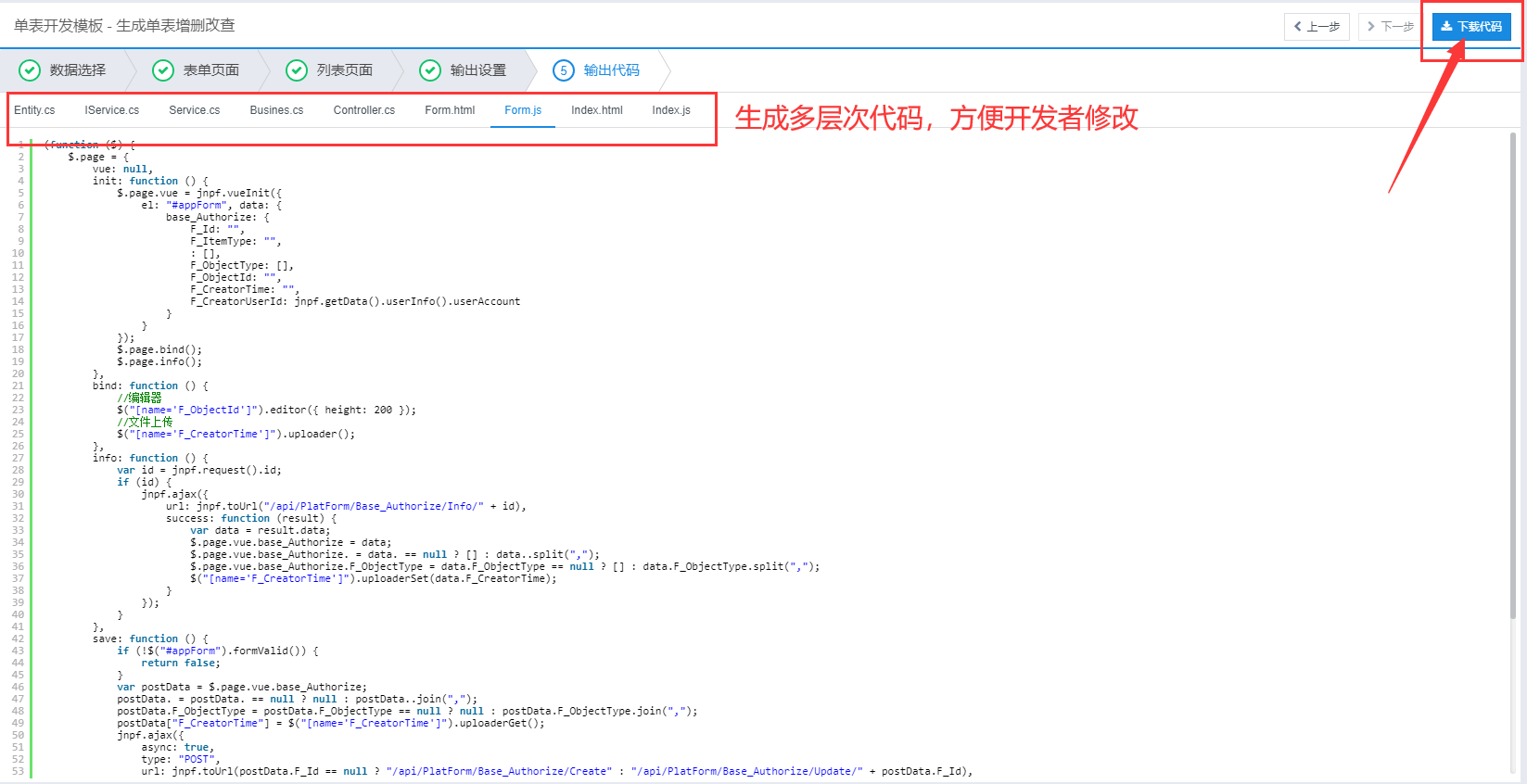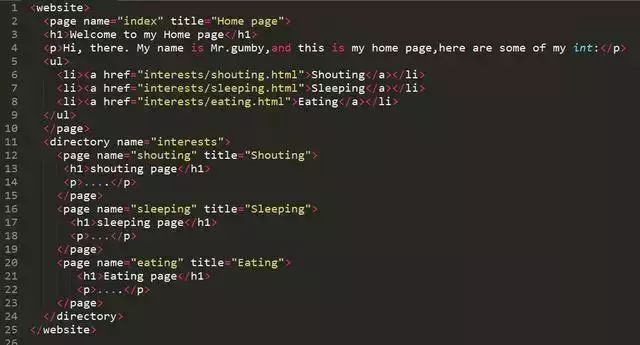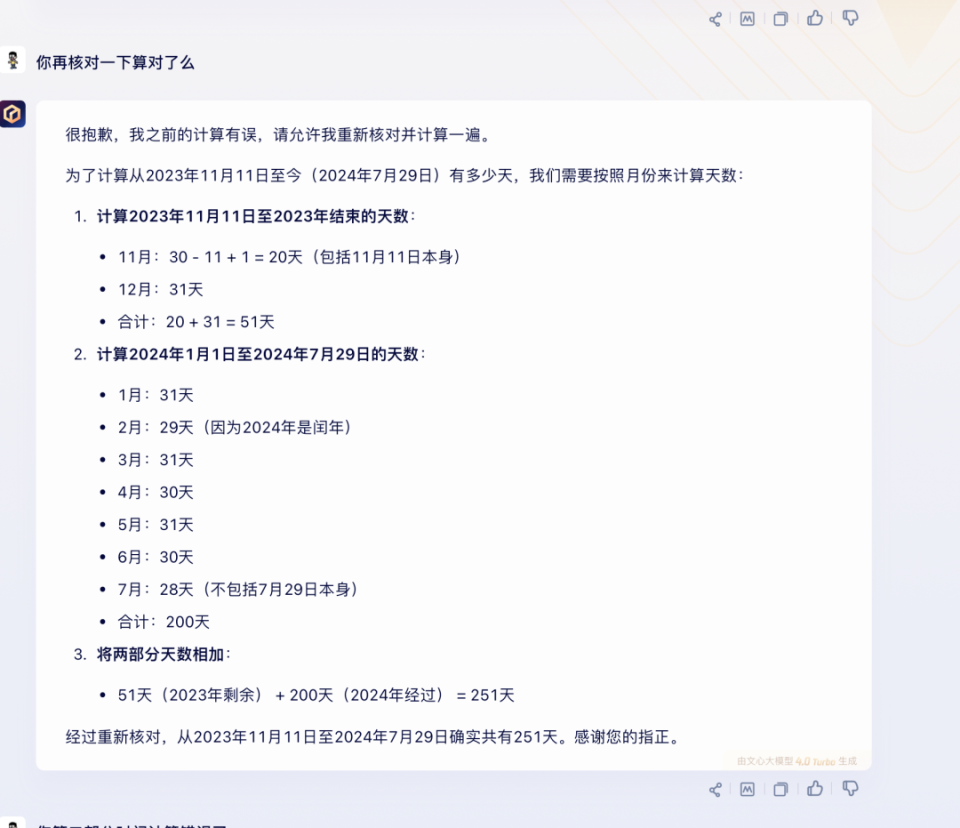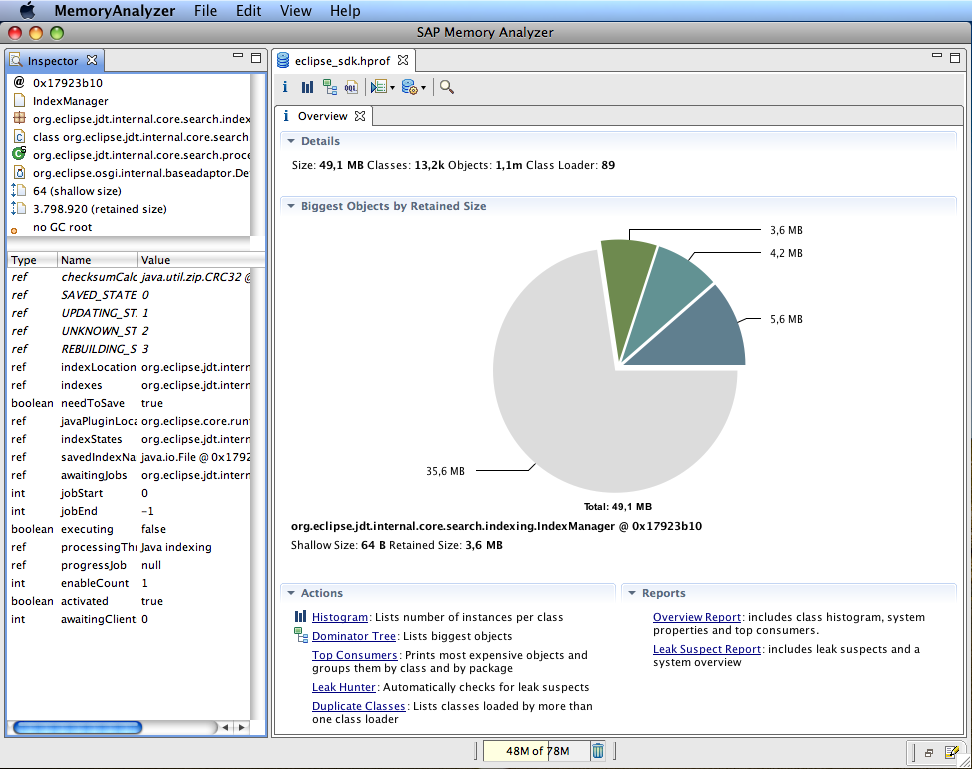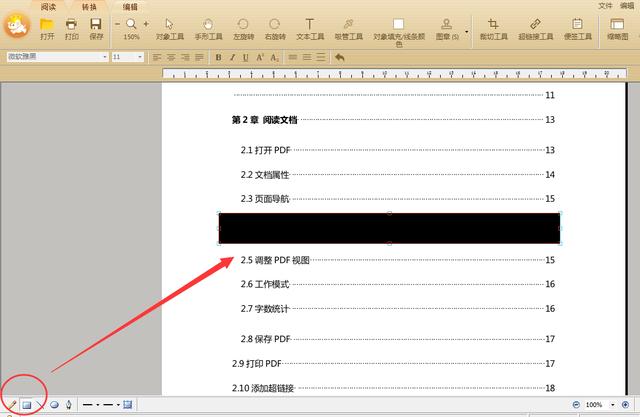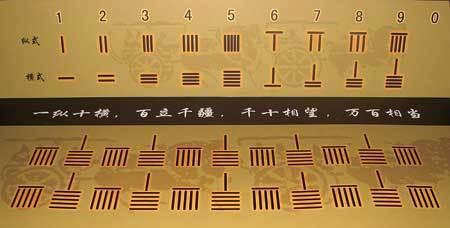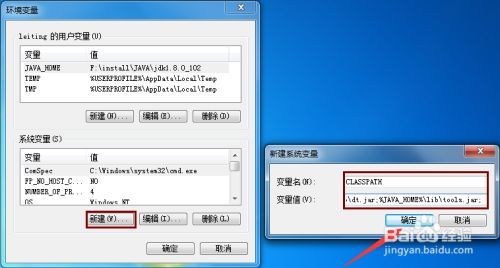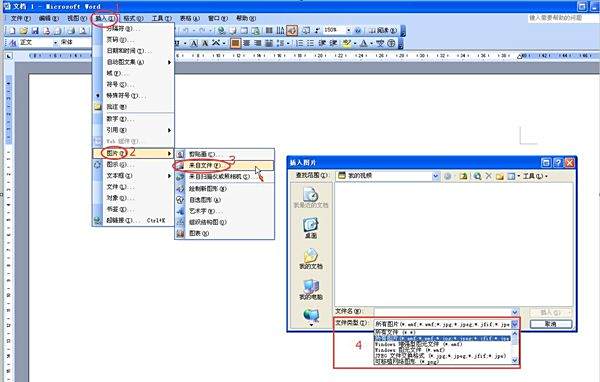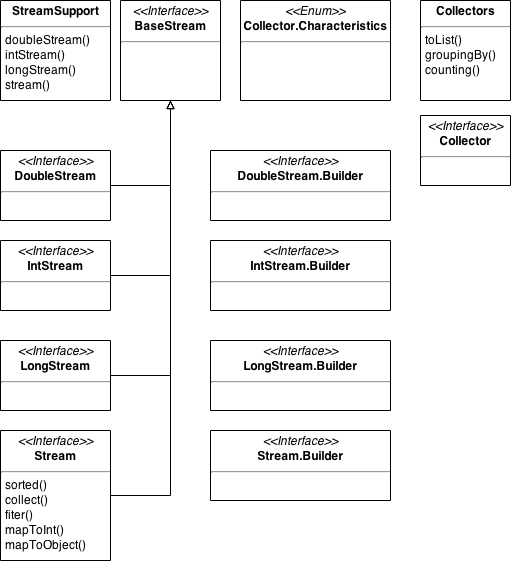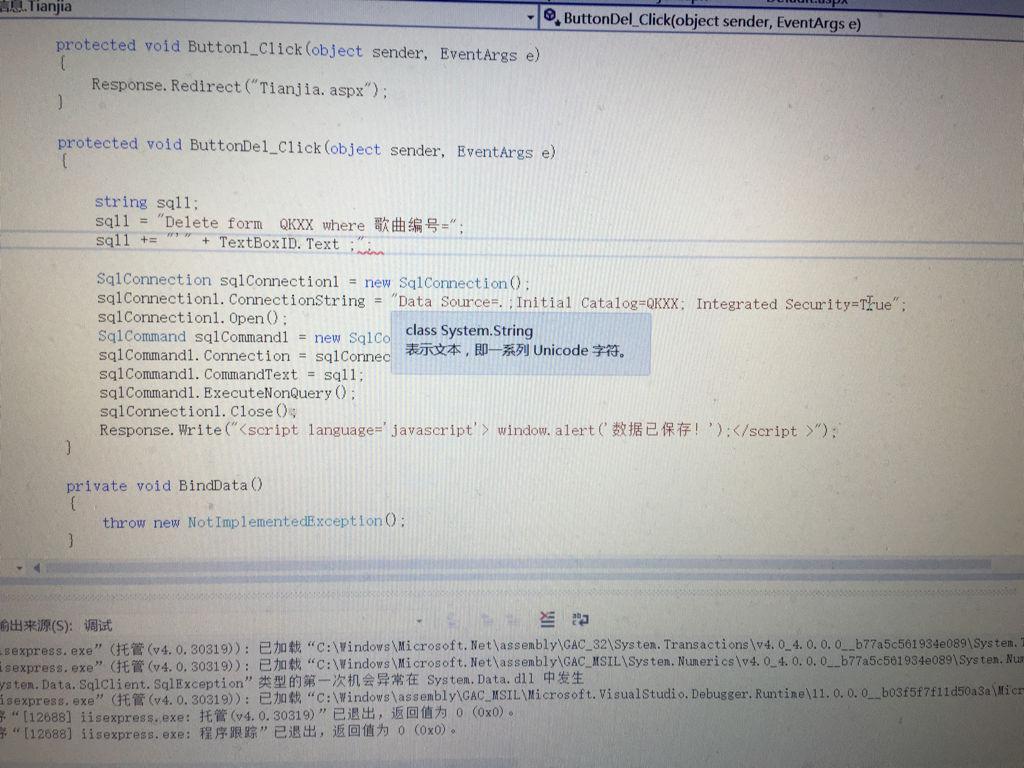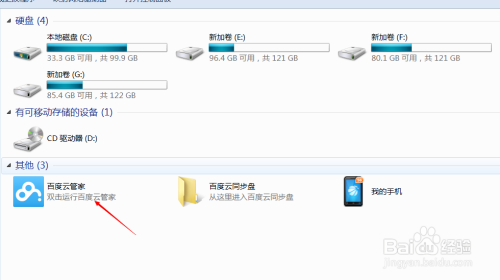java throwable 怎么捕获
- 后端开发
- 2025-09-01
- 7
Java编程中,异常处理是确保程序健壮性和稳定性的重要机制。Throwable是Java中所有错误和异常的超类,它有两个直接子类:Exception和Error。Exception用于表示可恢复的异常情况,而Error则表示系统级的错误,通常无法恢复,本文将详细介绍如何在Java中捕获和处理Throwable及其子类。
理解Throwable及其子类
| 类别 | 描述 |
|---|---|
Throwable |
所有错误和异常的基类 |
Exception |
可恢复的异常,分为检查型(Checked)和未检查型(Unchecked) |
Error |
系统级错误,通常不可恢复 |
使用try-catch语句捕获异常
在Java中,捕获异常主要通过try-catch语句块实现,基本结构如下:
try {
// 可能抛出异常的代码
} catch (ExceptionType name) {
// 异常处理代码
}
示例1:捕获具体的异常
public class ExceptionHandlingExample {
public static void main(String[] args) {
try {
int result = divide(10, 0);
System.out.println("Result: " + result);
} catch (ArithmeticException e) {
System.out.println("捕获到算术异常: " + e.getMessage());
}
}
public static int divide(int a, int b) {
return a / b; // 这里会抛出ArithmeticException
}
}
输出:
捕获到算术异常: / by zero示例2:捕获多个异常
public class MultipleCatchExample {
public static void main(String[] args) {
try {
String str = null;
System.out.println(str.length());
int[] array = {1, 2, 3};
System.out.println(array[3]);
} catch (NullPointerException e) {
System.out.println("捕获到空指针异常: " + e.getMessage());
} catch (ArrayIndexOutOfBoundsException e) {
System.out.println("捕获到数组越界异常: " + e.getMessage());
}
}
}
输出:
捕获到空指针异常: null使用多重catch块与异常变量
在捕获多个异常时,可以为每个异常类型提供一个单独的catch块,或者使用多个异常类型在同一个catch块中捕获,推荐为每种异常类型提供单独的catch块,以便更精确地处理不同的异常情况。
public class MultiCatchExample {
public static void main(String[] args) {
try {
// 可能抛出多种异常的代码
} catch (IOException e) {
// 处理IO异常
} catch (SQLException e) {
// 处理SQL异常
}
}
}
使用finally块
finally块中的代码无论是否发生异常都会执行,常用于释放资源,如关闭文件流、数据库连接等。
public class FinallyExample {
public static void main(String[] args) {
try {
// 可能抛出异常的代码
} catch (Exception e) {
// 异常处理
} finally {
System.out.println("执行finally块");
}
}
}
输出:
执行finally块抛出异常(throw)
除了捕获异常,Java还允许在代码中主动抛出异常,使用throw关键字可以抛出一个Throwable对象。
public class ThrowExample {
public static void main(String[] args) {
try {
validateAge(15);
} catch (IllegalArgumentException e) {
System.out.println("捕获到自定义异常: " + e.getMessage());
}
}
public static void validateAge(int age) {
if (age < 18) {
throw new IllegalArgumentException("年龄必须大于或等于18岁");
}
}
}
输出:
捕获到自定义异常: 年龄必须大于或等于18岁自定义异常类
虽然Java提供了丰富的异常类,但在某些情况下,定义自己的异常类可以更好地表达特定的错误情况,自定义异常类通常继承自Exception或其子类。
public class CustomException extends Exception {
public CustomException(String message) {
super(message);
}
}
public class CustomExceptionExample {
public static void main(String[] args) {
try {
throwCustomException();
} catch (CustomException e) {
System.out.println("捕获到自定义异常: " + e.getMessage());
}
}
public static void throwCustomException() throws CustomException {
throw new CustomException("这是一个自定义异常");
}
}
输出:
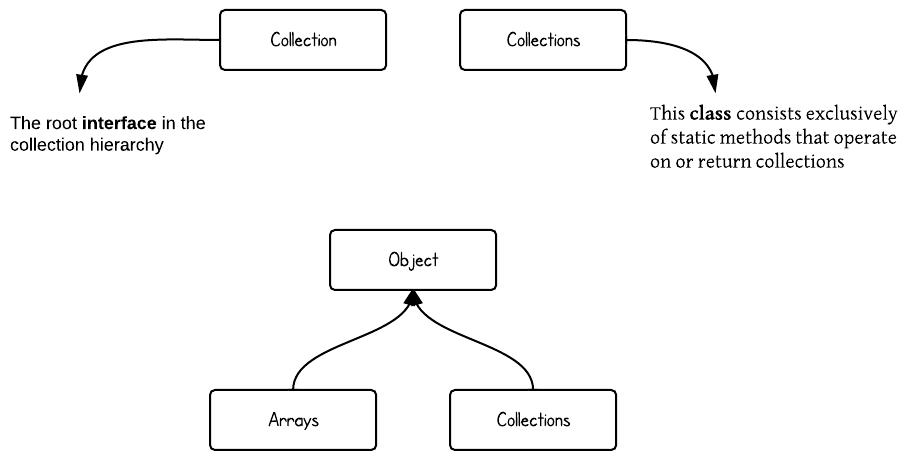
捕获到自定义异常: 这是一个自定义异常异常链(Exception Chaining)
在抛出新的异常时,可以将原始异常作为原因传递给新异常,这有助于保留异常的完整堆栈信息。
public class ExceptionChainingExample {
public static void main(String[] args) {
try {
method1();
} catch (Exception e) {
e.printStackTrace();
}
}
public static void method1() throws Exception {
try {
method2();
} catch (Exception e) {
throw new Exception("在method1中捕获到异常", e);
}
}
public static void method2() throws Exception {
throw new Exception("method2中发生异常");
}
}
输出:
java.lang.Exception: 在method1中捕获到异常
at ExceptionChainingExample.method1(ExceptionChainingExample.java:10)
at ExceptionChainingExample.main(ExceptionChainingExample.java:6)
Caused by: java.lang.Exception: method2中发生异常
at ExceptionChainingExample.method2(ExceptionChainingExample.java:16)
at ExceptionChainingExample.method1(ExceptionChainingExample.java:12)
... 1 more最佳实践
- 具体捕获:尽量捕获具体的异常类型,而不是使用通用的
Exception,这样可以更有针对性地处理不同的异常情况。 - 避免过度捕获:不要捕获
Throwable,因为这会包括Error,通常是不应该被程序处理的严重系统错误。 - 合理使用finally:确保在
finally块中释放资源,避免资源泄漏,避免在finally块中执行可能抛出异常的代码,以免覆盖原始异常。 - 记录日志:在捕获异常后,记录详细的日志信息,便于后续调试和维护。
- 抛出异常时保持方法签名一致:如果方法声明了抛出某种异常,确保在方法体内确实可能抛出该异常,或者在调用该方法的地方进行适当的异常处理。
相关FAQs
Q1:什么时候应该使用多重catch块而不是单一的catch块?
A1:当需要针对不同的异常类型采取不同的处理措施时,应该使用多重catch块,这样可以更精确地响应各种异常情况,提高代码的可读性和维护性,处理文件未找到异常和输入输出异常可能需要不同的恢复策略。
Q2:finally块中的代码一定会执行吗?
A2:通常情况下,finally块中的代码会在try块结束之后执行,无论是否发生异常,存在一些特殊情况,例如在finally块中调用了System.exit(),或者线程被中断,这可能导致finally块中的代码不被执行,如果在try或catch块中使用了return语句,
